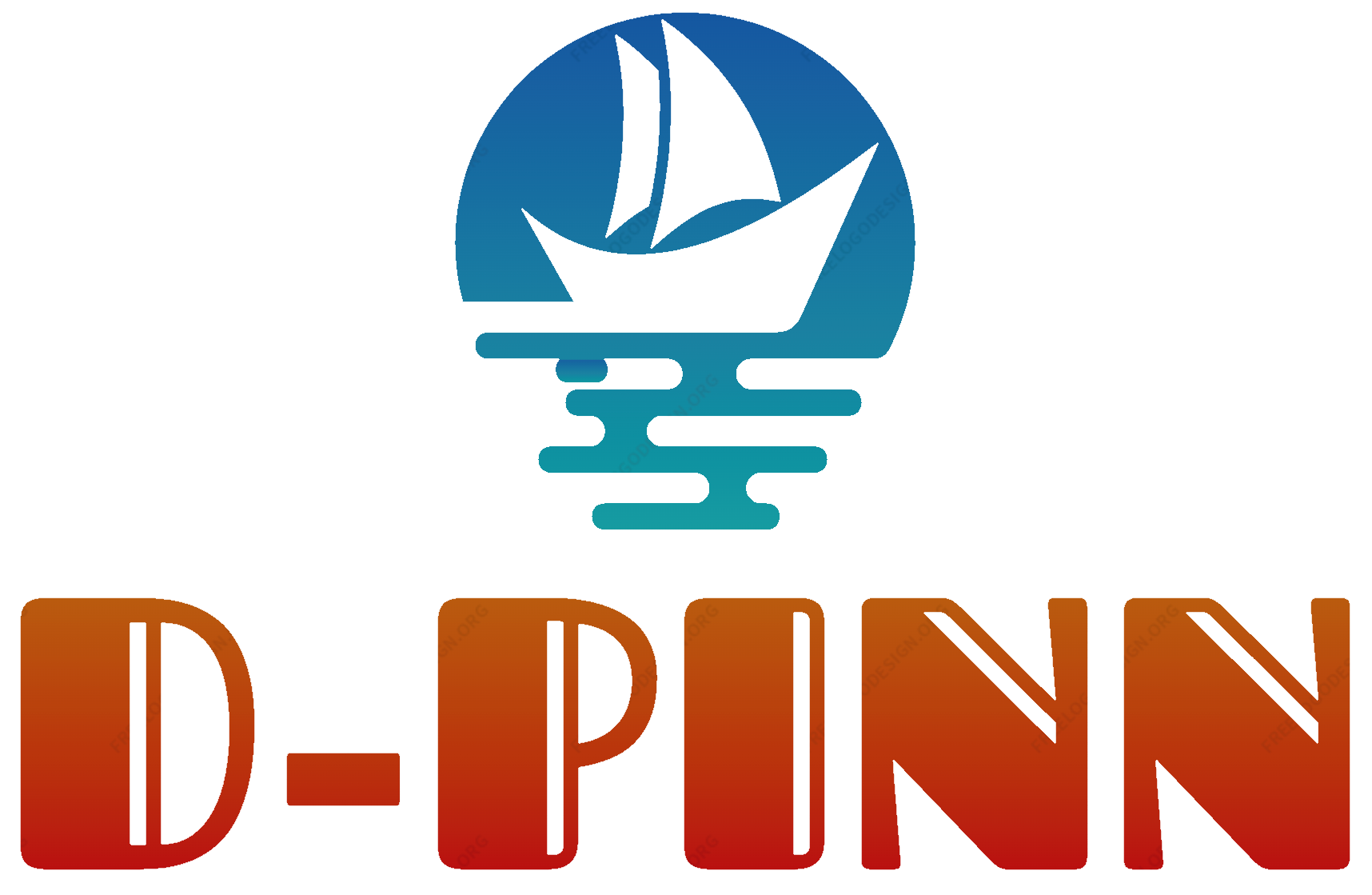Dredging removes loose to compacted sediments and debris from the bottom of lakes, rivers, harbors, and shipping channels. This is often done to maintain navigation channels, expand them, or reduce fish, wildlife, and human exposure to in-water contaminants.
When choosing a dredging contractor, it’s important to understand their available equipment. The following is a list of the top dredging equipment contractors should have.
Cutter Suction Dredger
A cutter suction dredger (CSD) is the most versatile and powerful vessel. It is designed to work in various environments, from shallow rivers to deep oceans. These vessels can be self-propelled or towed by tugboats and are suitable for various applications, including land reclamation, building and expanding ports, and maintaining navigation channels.
The CSD uses a rotating cutter head to break up and loosen sediment on the seabed, which is then sucked up by a pipeline into barges. This is the most efficient way to dredge material, as it removes sediment much faster than trailing suction hopper dredgers.
The CSD can also be equipped with a grab dredge, which uses a mechanical arm to scoop up the loosened material and load it into barges. This is a more cost-effective solution for working with harder materials but can be slower than using the cutter head. The CSD can be fitted with 11 different cutter heads to suit various seabed conditions and materials, from soft sludge to hard rock.
Hydrodynamic Dredger
The hydrodynamic dredger is a dredging equipment Spring, TX, which removes sediments from the bottom of lakes, rivers, harbors, and oceans. This process is necessary to maintain navigable depths in shipping channels and ports, make beaches more accessible and provide material for land reclamation and coastal development projects.
Two suction pipes drag along the water body’s bottom and suck loose materials into the ship’s hold. Once the ship is full, it takes the dredged material to an offloading site. It’s also capable of digging up rocky, hard materials.
It lowers a bucket to the bottom of a water body, similar to a clamshell opening. Once the bucket reaches the bottom, it closes and scoops up materials loaded onto barges. Grab dredgers can manage both sludge and hard objects (blocks of stone, wrecks), making them ideal for maintenance dredging on uneven beds. They are also highly efficient at dredging hard compacted materials, as they can work continuously without stopping to change dump scows or move the dredge.
Dredge Pump
A dredge pump is one of the most powerful pieces of dredging equipment. Its abrasive-resistant design allows it to grind through rocks, sand, and sediment. This high-powered pump transports material long distances, often in sensitive environments.
The dredge pump is an important part of any dredging project, as it’s responsible for generating the pressure that pushes the slurry through the pipeline. Suppose the gap between the pump impeller and front liner becomes too great. In that case, it can reduce the pressure-generating capability of the pump and cause the slurry to recirculate, leading to reduced production and increased wear rates. To avoid these issues, ensure the gap is as small as possible. Our dredge pumps are designed with a low gap to prevent damage and provide optimal performance.
Dredge Trailer
For small dredging projects that don’t require a barge-based system, this compact trailer mounts directly onto a truck or flatbed to easily transport. Equipped with the high-powered EDDY Pump, it can easily handle the heavy lifting of silt and sediment in lagoons, basins, ponds, small lakes, and more.
The hydraulic dredge engine transfers power to the cutter head and centrifugal pump. As the cutter head chews up existing materials and creates a slurry, the pump pushes this slurry through a floating discharge pipe to a disposal site.
Larger sea-worthy barges that carry the dredged material are known as hopper barges. They work on a similar principle to suction dredgers but use a crane with either an open grab or watertight grabber installation to pick up the material from the bed. This material is loaded into a hopper and transported to a disposal site. The capacity of a hopper barge varies depending on the size and location of the project.

